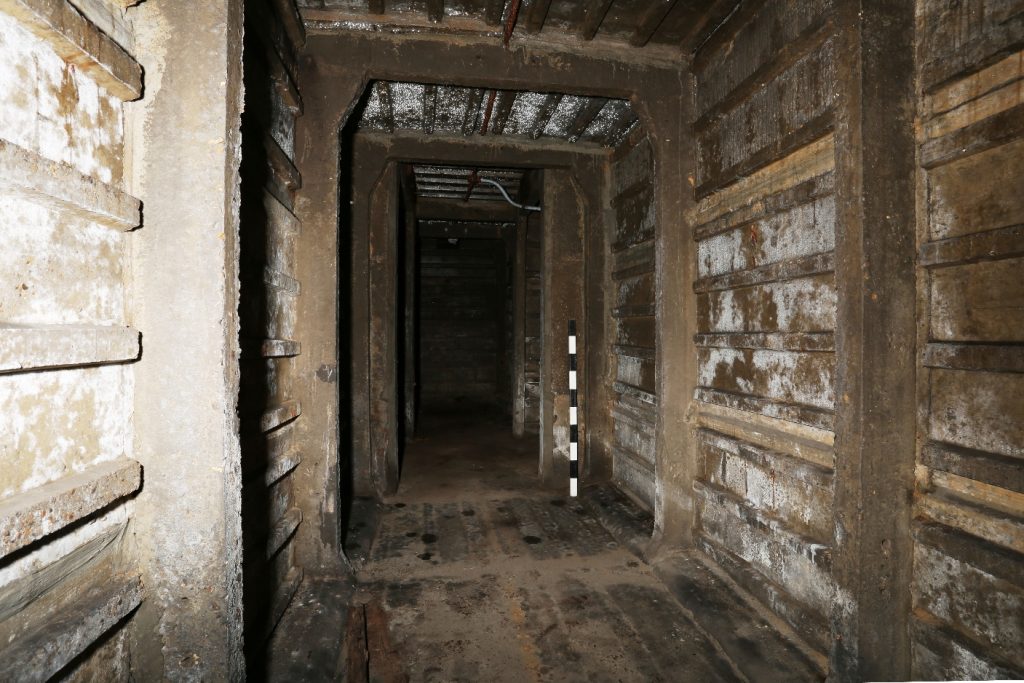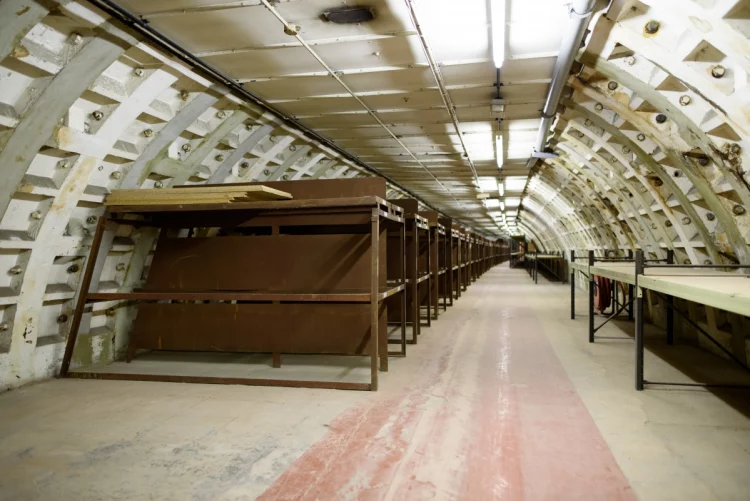The Entrance to the Shelter
In times of precarious security, people always prefer to take precautions and find a safe haven for themselves. Recently, the Barcelona government opened air – raid shelters. They not only organized public visits to understand the structure of the shelters but also taught people how to survive inside. A reporter from the Global Times successfully entered the air – raid shelter after making an appointment and learned about anti – air – raid and anti – chemical – weapon knowledge. It is said that there are 1,300 air – raid shelter bunkers in Barcelona, scattered all over the city. The one the reporter visited is located in Gracia in the old city of Barcelona. It is said to be the largest one in Barcelona, with three depth levels – the first layer is 15 meters underground, the second layer is 20 meters underground, and the third layer is between 25 and 30 meters underground. This layer can withstand small – scale nuclear attacks. There is an entrance fee of 3 euros per person to visit this shelter.
The History of the Shelter
According to professionals, all the air – raid shelters in Barcelona were built during the Spanish Civil War. In the 1930s, the Gracia district was an industrial area. Besides various civilian product factories, there were also many armories, most of which produced machine guns and mortars. At that time, the Catalan resistance organization chose to build the largest and deepest air – raid bunker underground in a square in Gracia. This square is called Diamond Square, so this air – raid shelter is called the “Diamond Air – raid Shelter”.

The Interior of the Shelter
Most people would feel claustrophobic and fearful when entering such a place. The air – raid shelter is dark, damp, and the passages are narrow, making it difficult to walk. There are lights hanging on both sides at the top. Although they are bright enough, one always feels like walking underground. There are 40 – centimeter – wide seats on both sides of the tunnel. If all the seats are occupied, the aisle in the middle is almost impassable. Although the passage is narrow, the designers have tried to increase its functions as much as possible. For example, there is an infirmary in the passage. The so – called infirmary is a space dug out beside the passage, where doctors can provide emergency treatment for patients. There are also some urgently needed medical supplies stored here. The number of people allowed to sit on each seat in the passage is set, and there should be no more than that to avoid conflicts among the refugees over seats.
The Rules in the Shelter
Moreover, there are rules that people in the air – raid shelter must abide by. For example, neither clergy nor non – clergy are allowed to conduct religious propaganda in the shelter. It is said that this is to avoid conflicts among different religious groups due to different beliefs. Food is prohibited from being brought into the shelter. Those who carry food must hand it over to security personnel for safekeeping. It is said that this is to avoid fights among the refugees over food for survival.
The Construction and Legacy of the Shelter
It is said that a large amount of funds was needed to build the “Diamond Air – raid Shelter”. During the Spanish Civil War, it was difficult to raise funds. The Barcelona government adopted a fundraising method of “whoever invests can enter”. This means that those who paid could enter the shelter, and those who paid more could enter the deepest part of the shelter. The government issued different – colored cards to confirm who could enter first. Other groups allowed to enter the shelter were the shelter builders. However, these builders must be volunteers without pay. They obtained the chance to escape by contributing their physical strength. What about those who neither paid nor contributed physical strength? They could only seek shelter elsewhere. After the Spanish Civil War, the Catalan government deepened the tunnel excavation project based on the original “Diamond Air – raid Shelter”. Now, the “Diamond Air – raid Shelter” is still solid. People hope that war will not break out, and it will just be a trace of history.





















